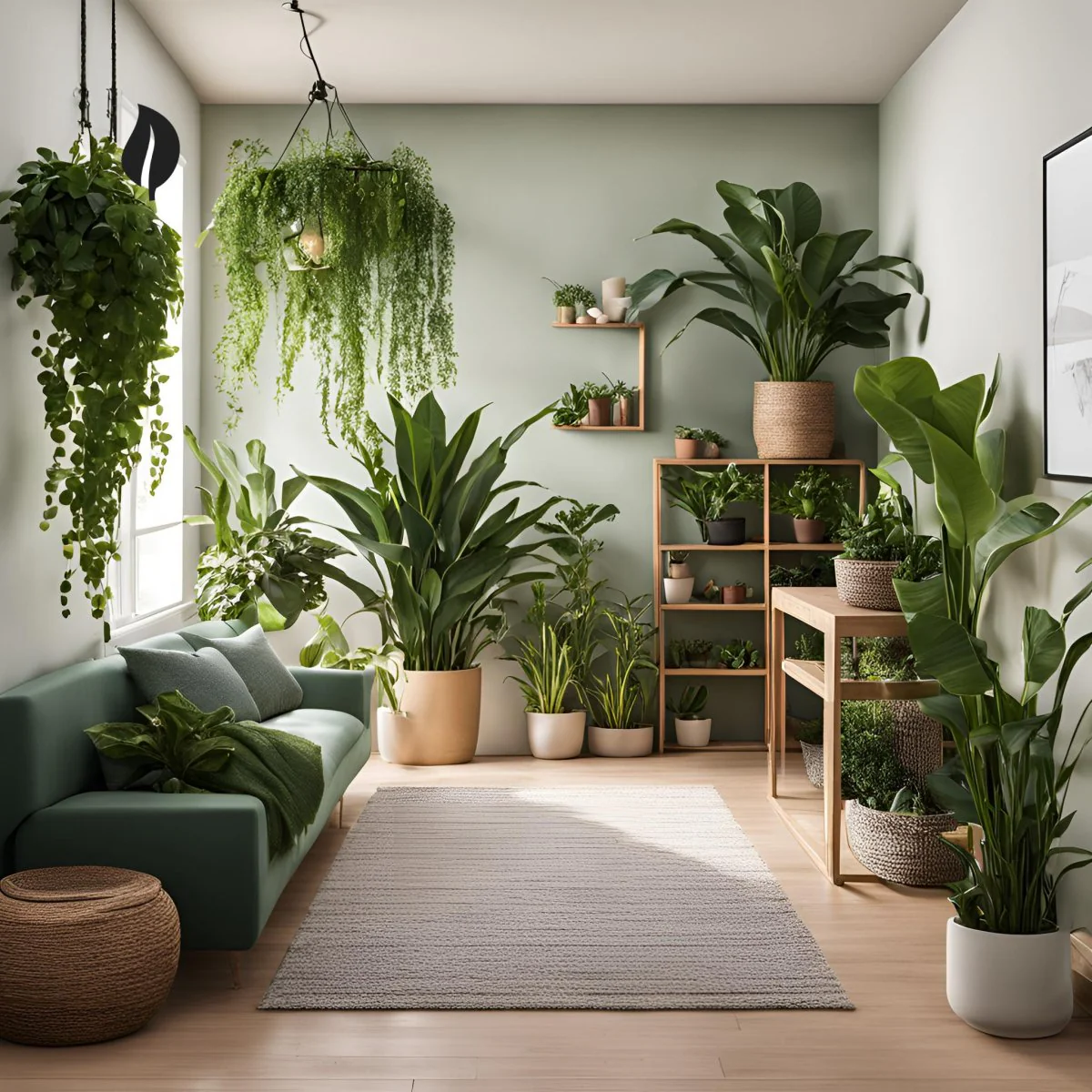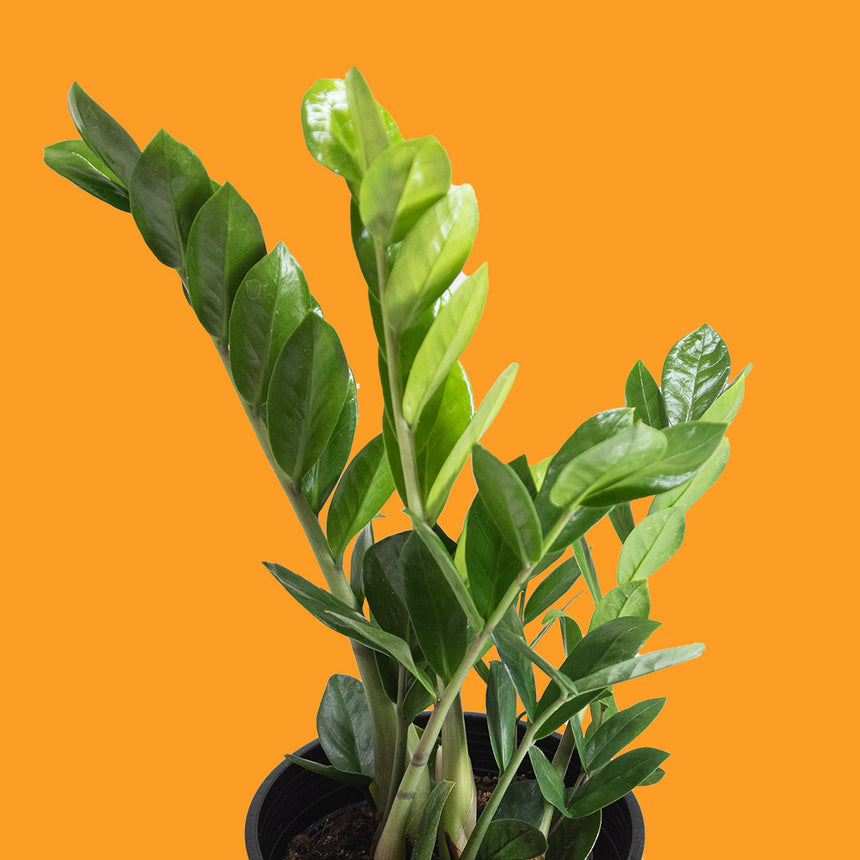Best Low-Light Indoor Plants That Thrive with Minimal Sunlight
Best Low-Light Indoor Plants That Thrive with Minimal Sunlight
Blog Article
Transform Your Home With Beautiful Low-Light Indoor Plants and Their Benefits
Integrating low-light interior plants right into your home can dramatically enhance both the environmental and visual top quality of your home. These plants, which prosper in dark problems, serve not only as attractive elements yet also as natural air cleansers, making them excellent for city residents or those with minimal sunlight direct exposure. As we explore the different sorts of low-light plants and their advantages, you might find shocking methods to incorporate them right into your home that can change your surroundings in ways you might not have anticipated.
Advantages of Low-Light Plants
Low-light plants offer countless benefits for interior environments, making them an excellent choice for both novice and seasoned gardeners. Among the main advantages is their flexibility to low-light problems, allowing individuals to improve their home without the requirement for substantial sunshine direct exposure. This particular makes them excellent for apartment or condos, workplaces, and various other areas with restricted natural light.

Furthermore, integrating low-light plants right into home decor can boost the visual appeal of a room. Their lush vegetation and varied structures create a soothing atmosphere, contributing to overall well-being. Lastly, the existence of plant has actually been connected to minimized stress and anxiety levels and improved efficiency, making low-light plants a useful option for improving both psychological and physical health and wellness in indoor settings.
Leading Low-Light Indoor Plants
While lots of interior plants grow in bright light, a number of varieties are particularly appropriate for low-light conditions, making them optimal for different indoor spaces. One popular option is the Serpent Plant (Sansevieria), understood for its striking upright leaves and resilience, requiring marginal treatment. An additional superb option is the Pothos (Epipremnum aureum), which features heart-shaped leaves and can trail perfectly from wall mounts or shelves, thriving in reduced light and including a rich touch.
The ZZ Plant (Zamioculcas zamiifolia) is celebrated for its glossy fallen leaves and capability to stand up to forget, making it ideal for busy way of livings. The Peace Lily (Spathiphyllum) not only endures reduced light however also produces spectacular white blooms, boosting any kind of area's visual.
For an one-of-a-kind touch, think about the Cast Iron Plant (Aspidistra elatior), which indeed lives up to its name, prospering in the darkest corners of your home. Finally, the Chinese Evergreen (Aglaonema) offers a variety of fallen leave patterns and shades while being extremely flexible in low-light problems. These plants not only beautify interior environments but additionally add to air purification, improving your living space.
Care Tips for Low-Light Plants

Watering methods are vital; these plants commonly prefer a little completely dry problems. Overwatering can lead to root rot, so make sure that the leading inch of soil is dry prior to watering once again. Usage pots with water drainage openings to allow excess wetness to run away.
Humidity is one more essential variable. Several low-light plants, such as ferns and peace lilies, gain from higher moisture levels. To boost Web Site moisture, take into consideration misting the fallen leaves or positioning a tray of water near the plants.
Fertilization needs to be approached with care. During the expanding period, make use of a weakened, balanced fluid fertilizer every month to sustain growth, but prevent fertilizing throughout the inactive winter season.

Imaginative Ways to Display Plants
Indoor plants can function as fascinating centerpieces in any kind of area, improving both visual allure and setting. Creative display screens can elevate the visual influence of low-light plants, making them an integral part of your home decor. One efficient technique is to use tiered plant stands, which enable you to display numerous plants at differing heights while taking full advantage of flooring space.
Hanging planters are another ingenious choice, developing a sense of deepness and attracting the eye up. Consider macramé hangers or wall-mounted shelves to introduce a distinct texture and design.
For a more structured strategy, usage geometric terrariums or glass containers to house your plants, adding a contemporary touch to your indoor garden. You can also repurpose vintage products, such as teacups or wood cages, for an eclectic display screen that reflects your individuality.
Enhancing Home Ambiance With Plants
Incorporating low-light plants right into your home not find more information only improves aesthetic appeal but likewise adds substantially to the overall ambiance. These plants act as natural decor aspects, presenting a feeling of serenity that can transform any type of space. The visibility of plant cultivates a relaxing environment, which is specifically valuable in high-stress environments such as home workplaces or living rooms.
Low-light plants, such as snake plants, pothos, and ZZ plants, are not just cosmetically pleasing yet also enhance interior air quality by filtering system pollutants. This double function improves the setting even more, developing a much healthier living area (Best low-light indoor plants). The tactical placement of these plants can additionally affect the perception of room; as an example, high plants can attract the eye upwards, making ceilings appear higher and spaces extra large
In addition, differing appearances and shades of vegetation include deepness to indoor style, enabling creative expression in home designing. Whether put on shelves, in corners, or as centerpieces, low-light plants can elevate the mood of any space. In recap, including these plants right into your home is an efficient means to foster a warm, inviting ambience while profiting of improved air quality and aesthetic convenience.
Conclusion
Including low-light indoor plants into home environments uses various advantages, including improved visual charm and improved air quality. These durable plants, such as the Serpent Plant and Tranquility Lily, require very little light and maintenance, making them appropriate for varied lifestyles.
While several interior plants flourish in brilliant light, several types are particularly fit for low-light problems, making them perfect for different indoor areas. One efficient approach is to make use of tiered plant stands, which allow you to showcase numerous plants at differing elevations while taking full advantage of flooring space.
Low-light plants, such as serpent plants, pothos, and ZZ plants, are not only visually pleasing however additionally improve interior air quality by filtering system toxins. Best low-light indoor plants. The strategic positioning of these plants can also influence the understanding of area; for circumstances, tall plants can draw the eye upwards, making ceilings Bonuses show up higher and rooms extra sizable
These resilient plants, such as the Snake Plant and Tranquility Lily, call for marginal light and maintenance, making them ideal for diverse way of livings.
Report this page